Restaurant Contactless Payments: Key Takeaways
- Contactless payments use NFC, QR codes and mobile wallets like Apple Pay and Google Pay to enable quick and secure transactions, keeping lines short and staff-focused.
- Transactions via contactless methods typically take just a few seconds, helping restaurants increase table turnover during peak hours and reduce wait times.
- Implementing contactless payments requires POS system compatibility, choosing a supportive payment provider (without hidden fees) and training staff of all ages with clear, practical guides.
- Upfront costs include upgrading terminals and potential service fees. However, clear ROI comes from improved hygiene, higher guest satisfaction and repeat visits.
These days, people expect fast, easy and safe ways to pay — no matter their age or comfort with technology. If you want to cut down on wait times and make checkout smoother, contactless payments are becoming a must in the hospitality world.
This guide will walk you through everything you need to know about restaurant contactless payments.
Understanding Restaurant Contactless Payments: The Basics
Contactless payments let customers pay by simply tapping or hovering their cards or mobile devices over a compatible terminal. The main technologies at play here are:
- Near Field Communication (NFC)
- Radio Frequency Identification (RFID)
- QR codes
- Mobile wallets like Apple Pay and Google Pay
There’s no need to swipe, insert or handle cash — payment data is transmitted securely (encrypted) over a wireless connection. It’s fast, hygienic and provides peace of mind, making it an ideal solution in the post-pandemic world.
This convenience isn’t just a trend; it’s becoming the new standard. In fact, approximately 62% of full-service restaurant customers are now willing to use contactless payment options — a clear indication that modern diners expect fast, touch-free payment methods whenever they visit.
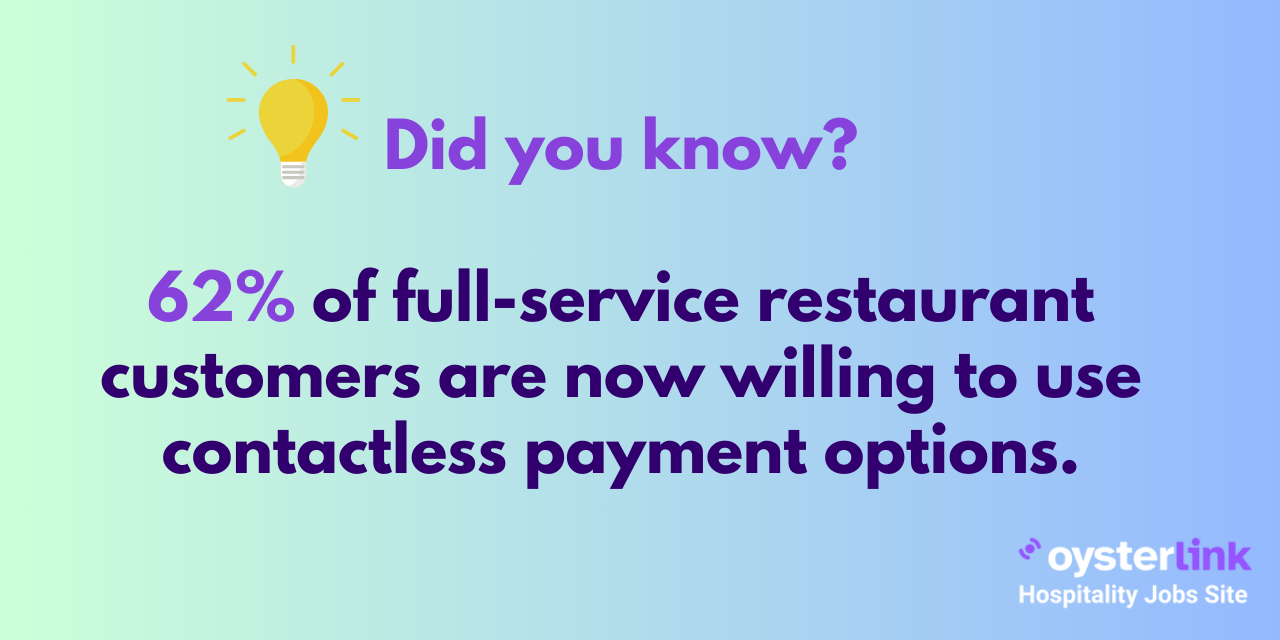
How contactless payments work in restaurants
The process starts when a customer receives their bill. They can tap their card, phone or smartwatch on the payment terminal. The device sends the encrypted data to your POS system using NFC, which verifies and approves the payment.
For QR transactions, guests simply scan a code and complete their payment directly on their phones. This seamless, touch-free process makes checkout faster and more efficient. Staff appreciate it because they can quickly clear tables and turn seats faster during busy times.
7 Things Restaurant Owners Should Know About Contactless Payments
Now that we’ve covered the basics of what contactless payments are and how they work, here are seven key points every restaurant owner should keep in mind to make the most of this technology:
1. Restaurant contactless payments use NFC technology
Modern contactless payments rely on NFC (Near Field Communication), a technology that allows devices like smartphones or contactless credit/debit cards to communicate instantly when held close to a compatible reader — typically within just four centimeters.
Transactions using NFC are completed rapidly, usually in less than three seconds, making checkouts faster and more efficient. Nearly all modern smartphones with digital wallets like Apple Pay or Google Pay support NFC, making it accessible for most customers.
2. Contactless payments significantly reduce checkout times
Switching to contactless payments can dramatically cut down transaction times. Traditional card swipes or cash exchanges are often slower and require more handling, which can slow down busy service periods.
With NFC, the checkout process is streamlined — transactions are complete in a fraction of the time. Studies show that contactless payments can reduce processing times by 30–50%. Faster checkouts lead to shorter lines, quicker table turnovers and ultimately, increased revenue.
3. Not all contactless payment systems are compatible with every restaurant setup
It's important to ensure the system you choose integrates smoothly with your existing equipment. Before making a decision, verify:
- Hardware compatibility — do your current card readers support contactless payments, or do they need upgrades?
- Software integration — ensure that your POS software can process contactless transactions seamlessly.
- Cost considerations — evaluate transaction fees, setup costs and ongoing maintenance.
4. Restaurant contactless payments increase customer satisfaction
Offering contactless options aligns perfectly with what today’s customers are looking for. A survey by Mastercard found that 82% of consumers view contactless payments as more convenient, making the checkout process quicker and easier.
This sense of ease can lead to higher customer loyalty and encourages guests to return.
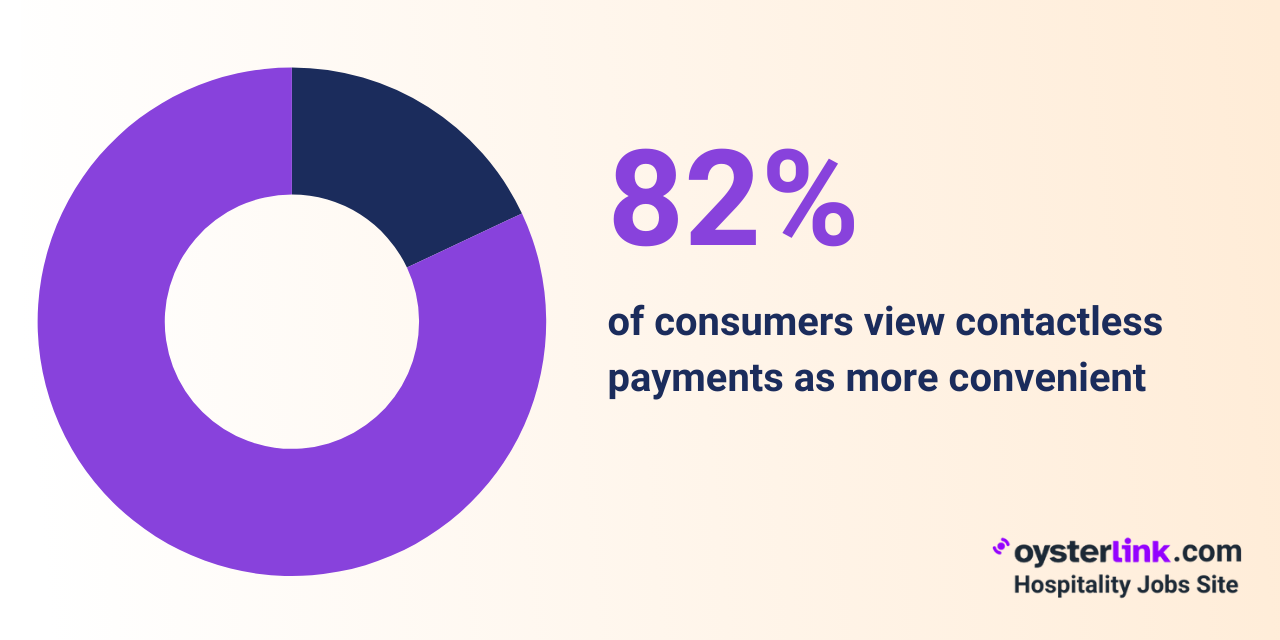
Beyond just convenience, contactless payments help create a safer dining environment. Guests value the touch-free nature of these transactions, especially in today’s world, where hygiene and safety are more important than ever.
5. Security standards ensure safe transactions
Security is paramount when handling digital payments. Contactless systems adhere to strict industry standards such as PCI DSS, which safeguard cardholder data through features like encryption and tokenization.
These methods deter fraud by replacing sensitive information with unique tokens during transactions.
Continuous updates and compliance checks further ensure ongoing protection. For restaurant owners, this means providing the convenience of contactless payments without compromising customer trust.
6. Adoption of contactless payments continues to grow
The popularity of contactless payment methods has grown rapidly around the world. During the pandemic, many diners turned to these touch-free solutions to reduce physical contact and support good hygiene.
This shift is here to stay, as major banks and financial institutions continue to promote contactless cards and mobile wallets as safe, convenient options.
For restaurants, offering contactless payments has become increasingly important to meet customer expectations, attract new guests and stay competitive.
7. Staff training is key to smooth implementation
Introducing contactless payments isn’t just about hardware — it’s about your team knowing how to operate it effectively. Proper staff training should cover:
- Recognizing compatible devices and initiating contactless transactions confidently
- Handling issues such as failed scans, connectivity glitches or incorrect payments
- Learning and understanding security protocols to protect customer data and prevent fraud
- Promoting contactless options proactively to customers during service
Well-trained staff ensure quicker checkouts, minimize mistakes and deliver a seamless experience for guests.
Essential Steps To Set Up Restaurant Contactless Payments
Integrating contactless payments is often easier than you’d think, provided you take it step by step and keep your team informed. Here’s a real-world approach:
1. Evaluate your current POS system
Check whether your POS hardware and software are contactless-capable. Many newer models are compatible, but if yours isn’t, you might not need a full overhaul. Sometimes, simply replacing the payment terminal is enough.
When you call your provider, try asking: “What does it take to enable contactless payments for my restaurant?”
2. Choose the right payment provider
Shop around and check how well providers handle NFC, mobile and QR, along with integration. Fee transparency is huge. Make sure you see a breakdown of everything: hardware costs, monthly minimums and details like whether you get 24/7 support.
3. Train your staff
Contactless solutions shine when your team is prepared and comfortable. Have quick trainings, maybe even as part of pre-shift meetings, with handy printouts. Add talking points specific to customers who are new to the process.
4. Promote contactless payments to customers
Post signs at entrances, mention tap-to-pay on your menu or ask staff to casually point it out. Maybe even add a little line on the receipt: “Ask about fast, touch-free checkout!”
If you run a loyalty program, explain how every tap puts them closer to their next reward — making convenience part of your pitch.
Key Cost Factors of Restaurant Contactless Payments
Understanding the costs involved in integrating contactless payments is important for making an informed decision. Upgrading to compatible payment terminals may be necessary, and these can often be acquired through a one-time purchase or a monthly rental fee.
Setup costs can vary depending on the provider and the specific equipment required.
Processing rates for contactless payments are usually similar to those for standard credit card transactions. However, they can occasionally vary. To ensure you get the best deal, it’s important to compare your options carefully.
Additionally, be aware of factors such as any applicable PCI compliance fees, support costs and potential hidden charges that might arise over time. Always request a detailed, line-item summary of all fees before signing a contract.
Being clear on these costs will help you choose the right solution for your business and ensure smooth integration.
About Oysterlink
OysterLink is a specialized platform that links restaurant professionals and employers, simplifying the process of finding top hospitality jobs or hiring the right talent swiftly and efficiently.
It offers job seekers salary information, career advice and top job listings, while equipping employers with tools to craft engaging job postings, identify ideal candidates and access vital business resources.
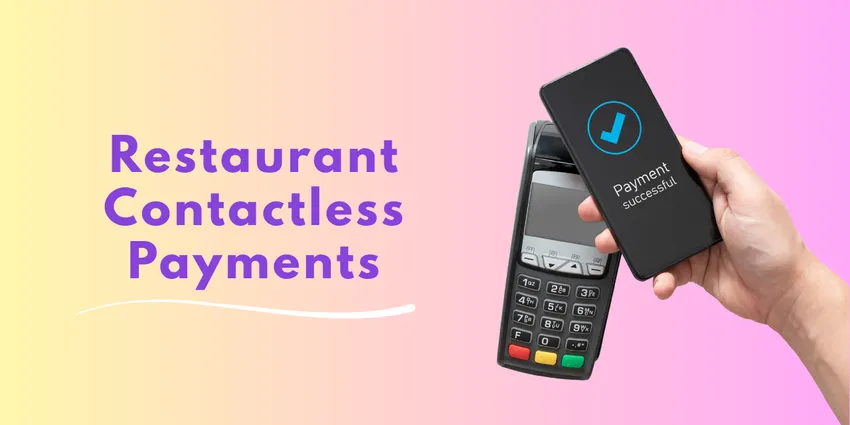


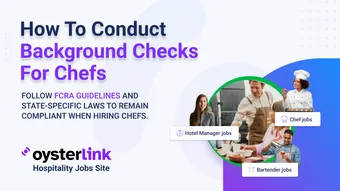
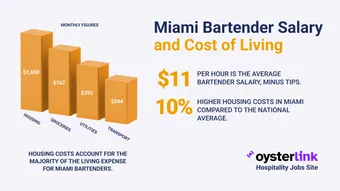
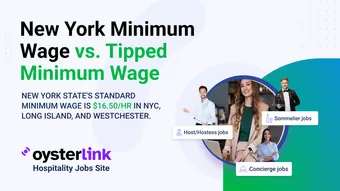
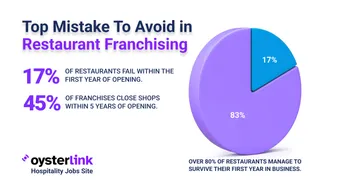
Loading comments...